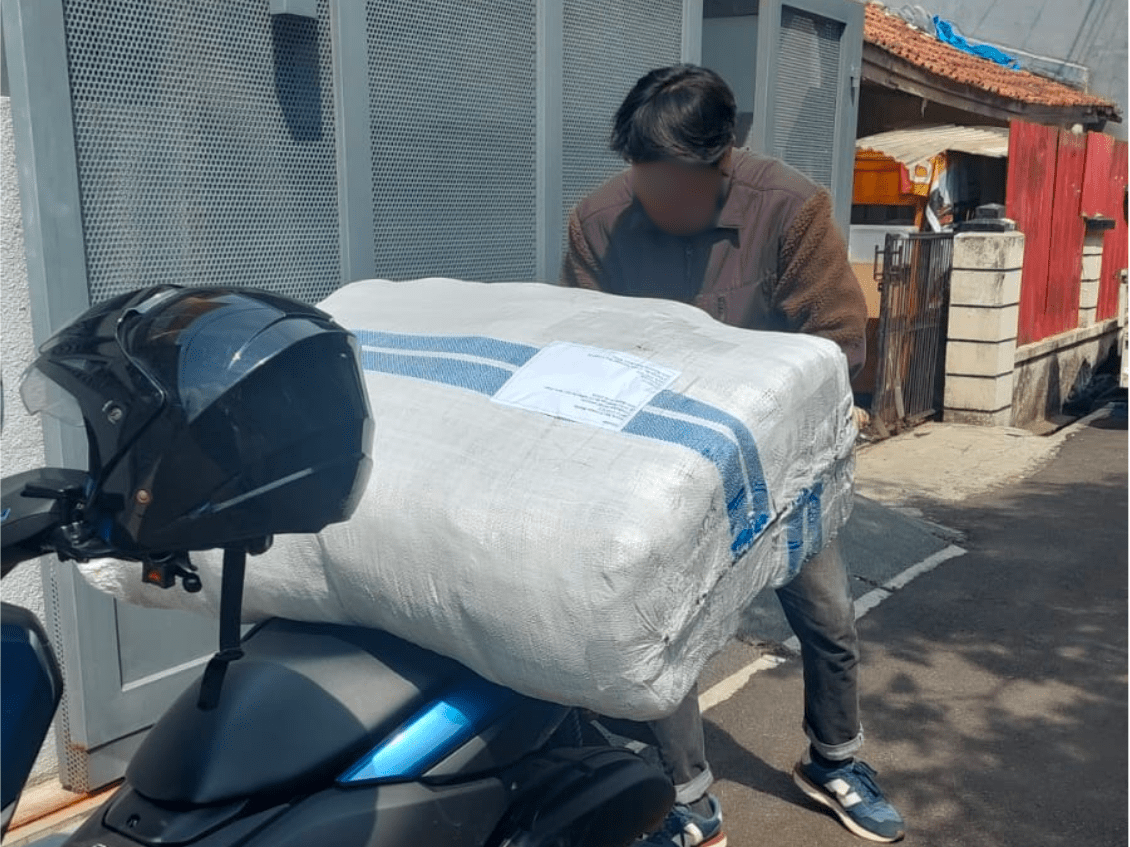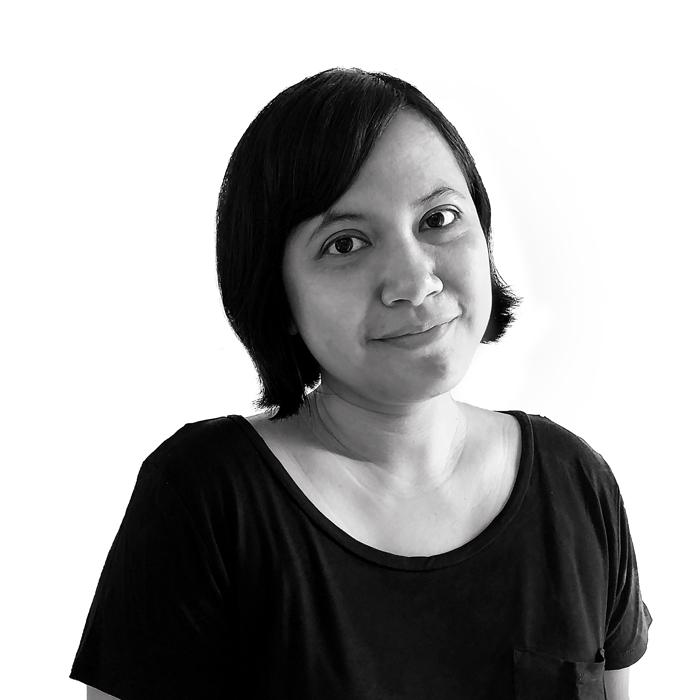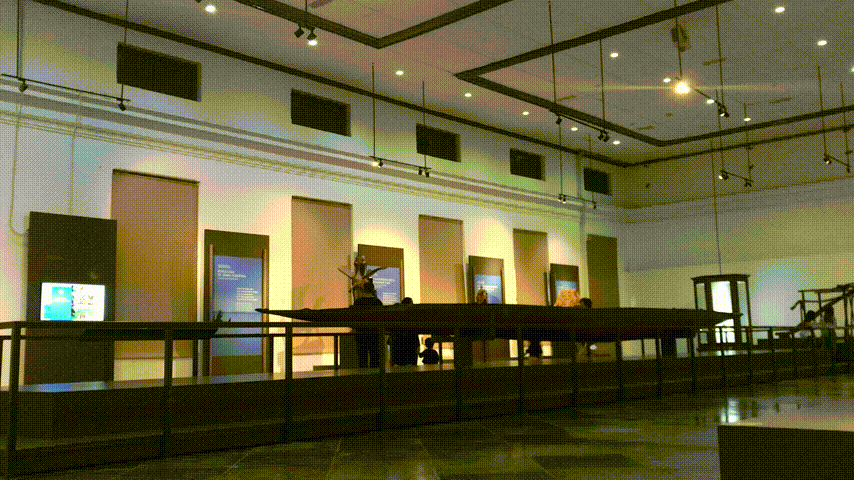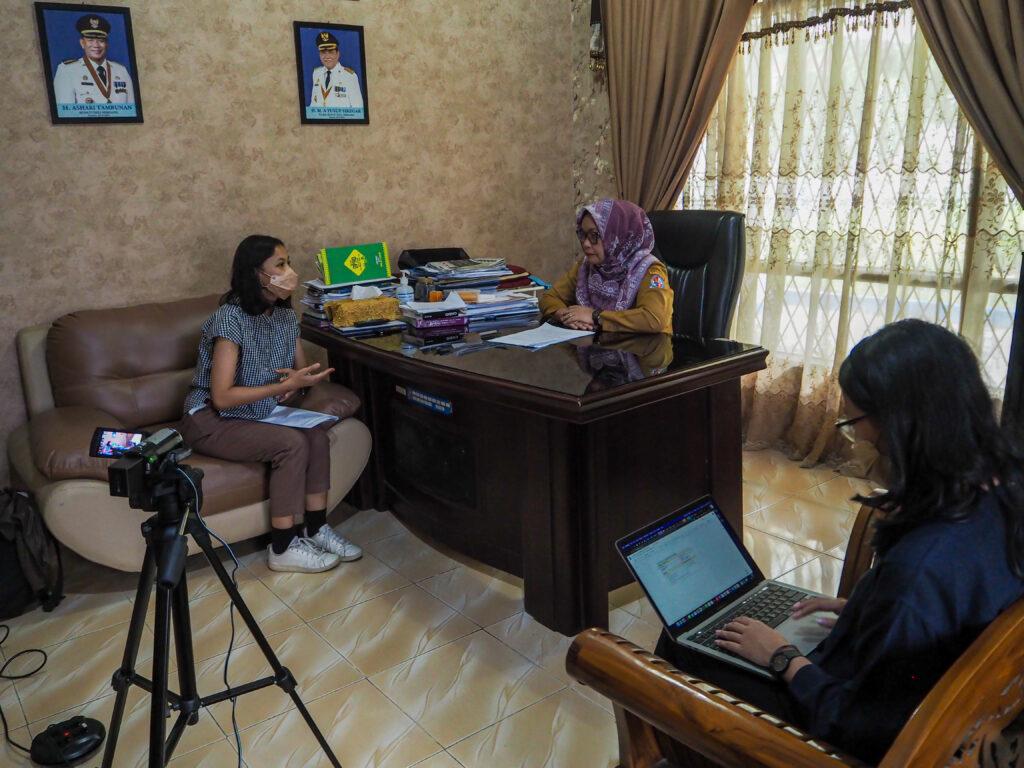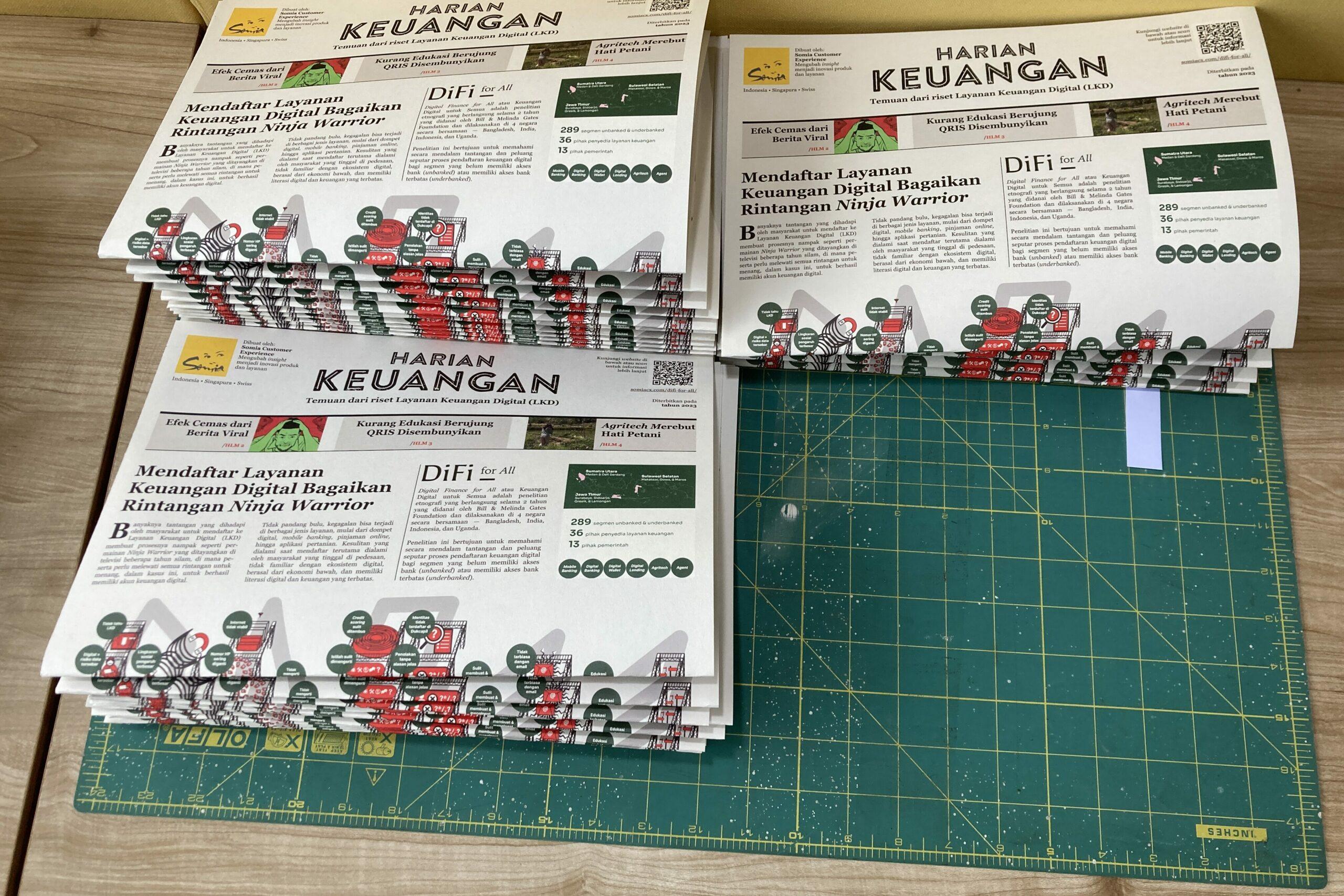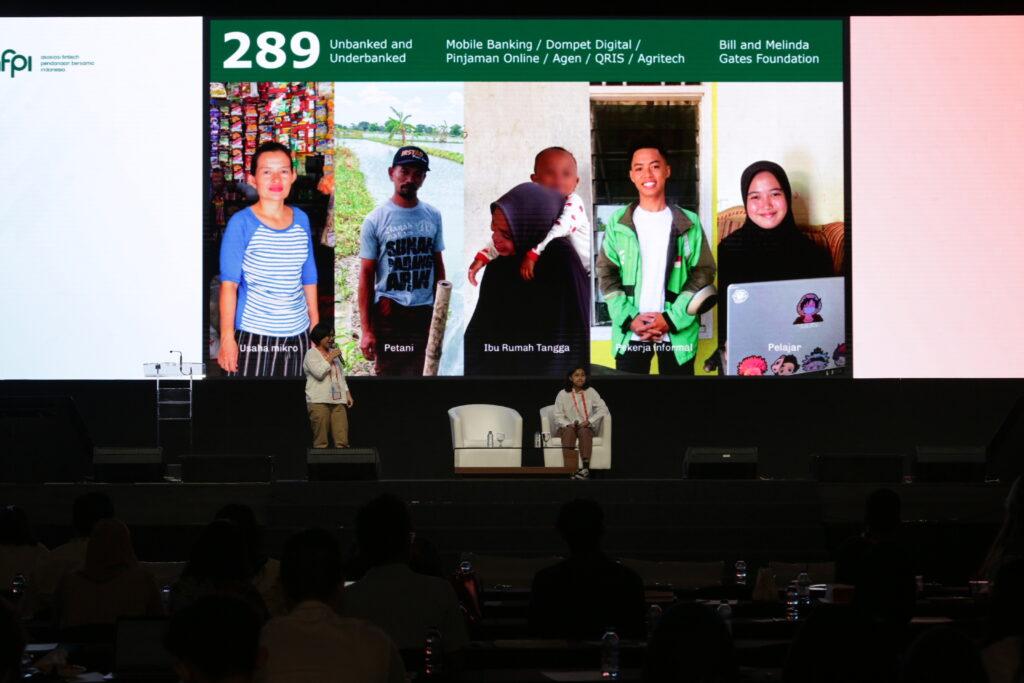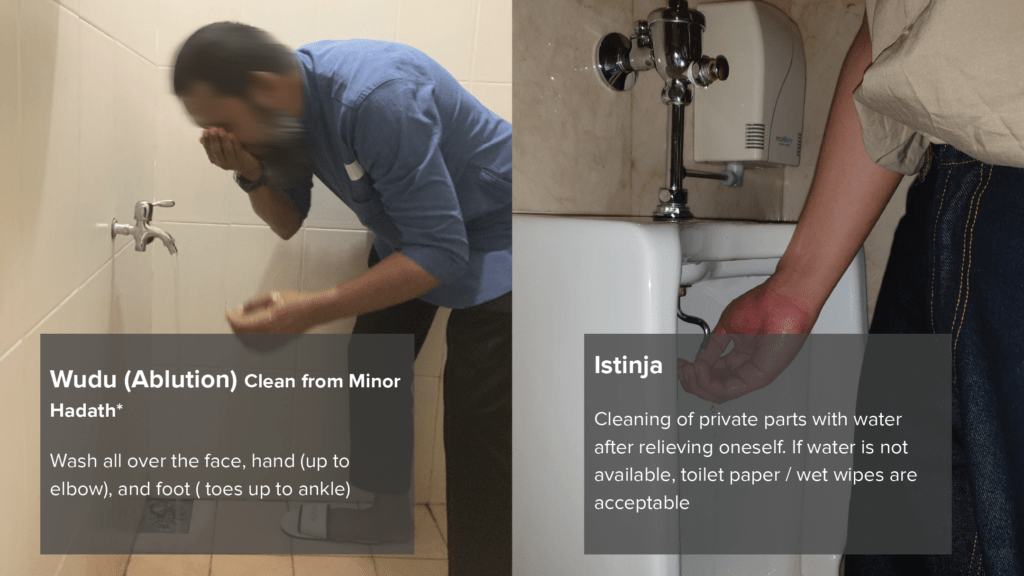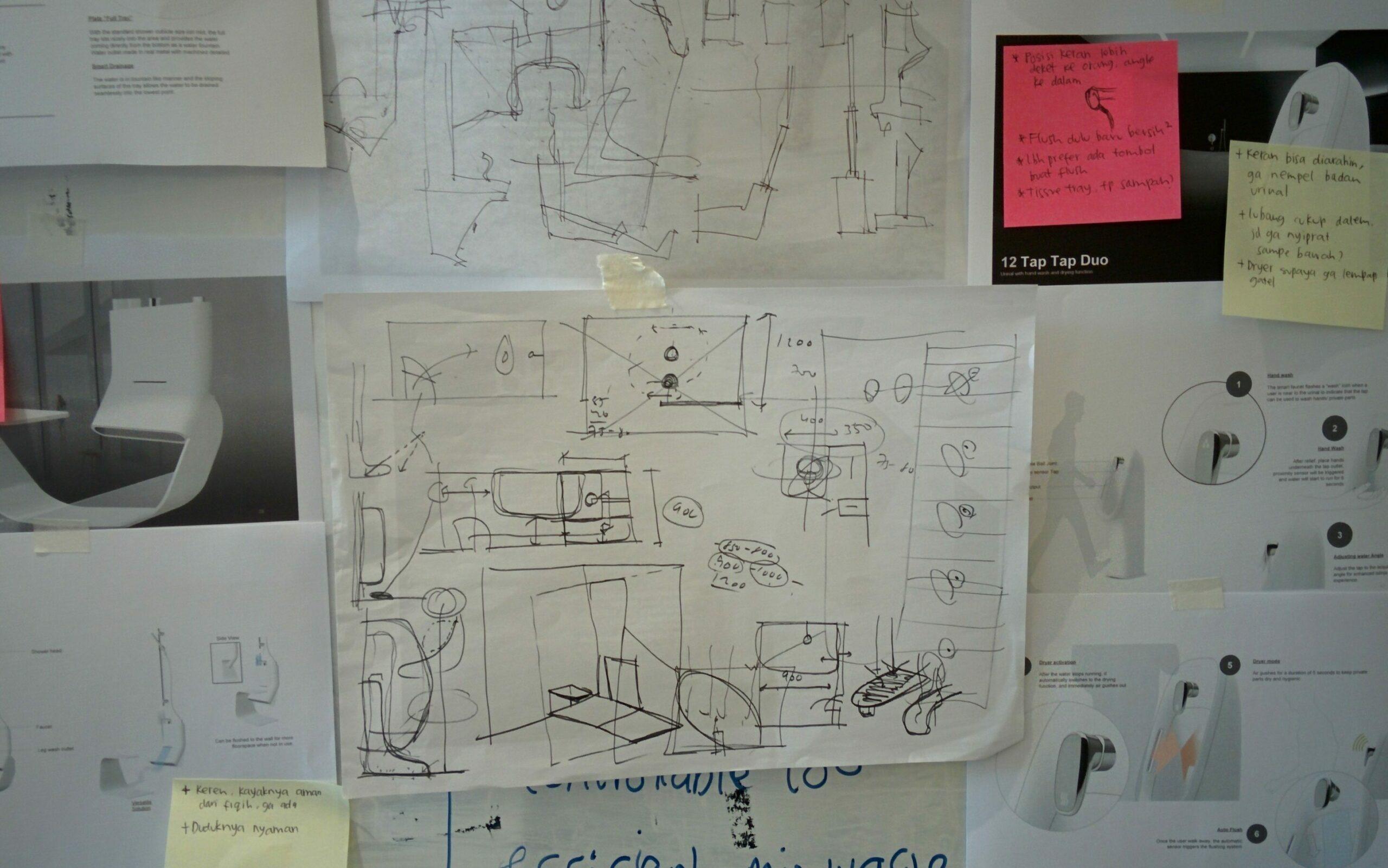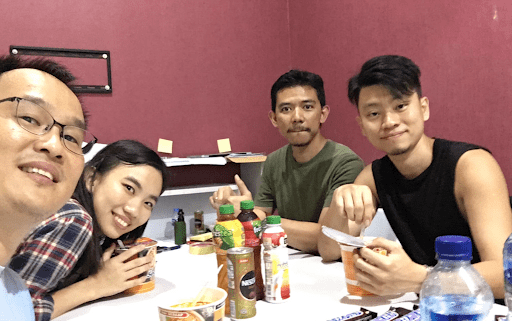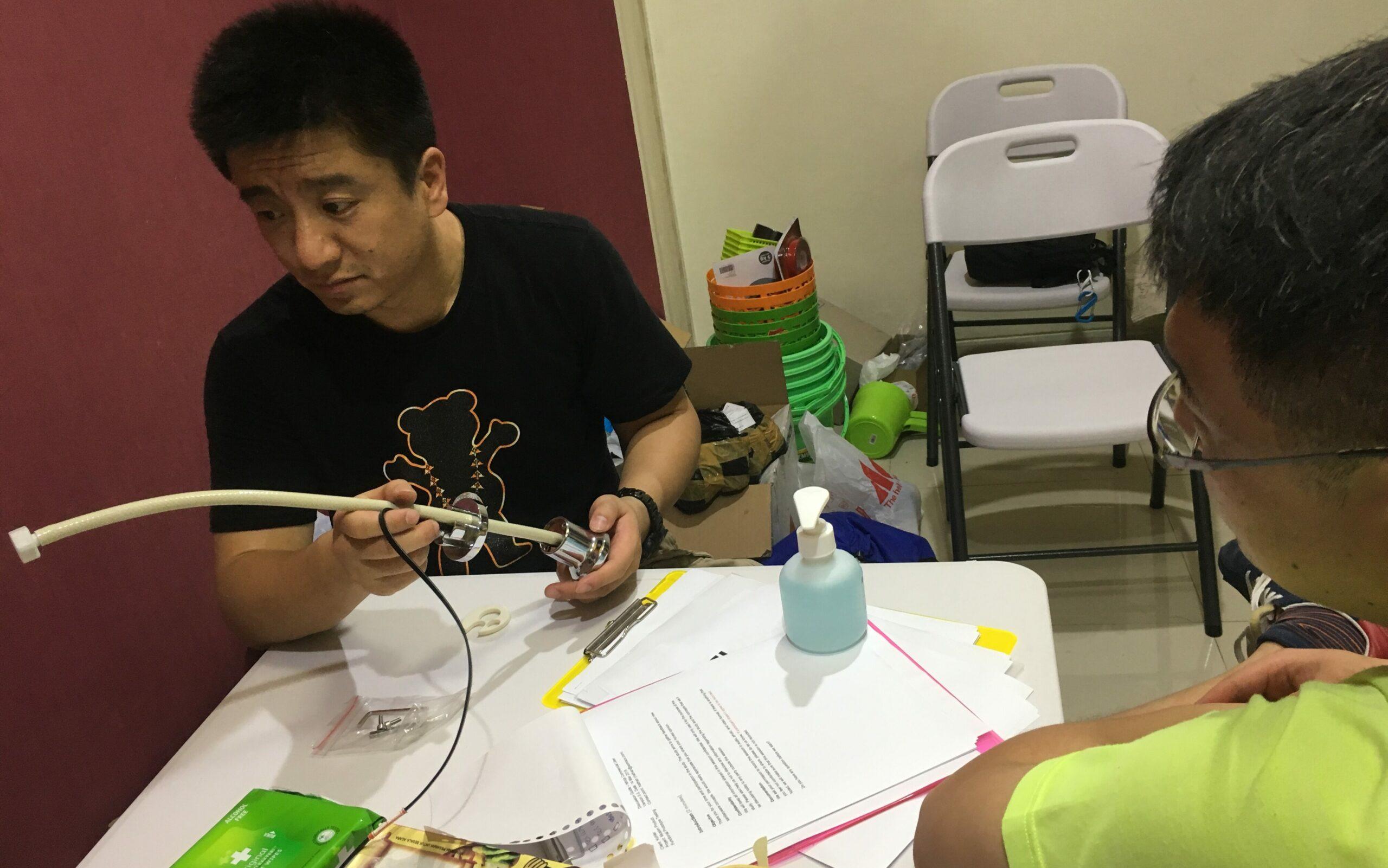
Our client wanted to evaluate their current marketing program that has been running for several years. Based on the evaluation, they want to develop a new program mechanism that could increase their CASA ratio. We developed several mechanisms by looking at the competitive landscape and current program audit, and brought them to customers FGD with a performance testing to discover the opportunity areas.
The Impact
Through performance tests and discovering multiple angles from frontliners, customers, and program participants, we uncovered untapped customer segments who have bigger potential to increase CASA ratio through marketing programs. A new marketing program based on the performance testing and potential customers preferences was developed, and we helped illustrate how the marketing program mechanism would work within the bank channels.
Our Approach
To understand what kind of mechanisms have better potentials to increase CASA, we realized that gauging concept preferences is not enough to analyse how the program would change customers’ behaviour related to CASA. Therefore, we took a performance testing method as part of the FGD with customers, to simulate how they will experience the program in their everyday context.
The mechanism concepts were developed based on our desk research of the competitive landscape and understanding internal visions of each department involved in the program through stakeholders interviews. During the field research we also interviewed multiple layers of internal employees and current program participants to get a holistic point of view. We worked closely with the working team who has been running the program for years, to ensure we mapped all the gaps and opportunities that had not yet been explored.

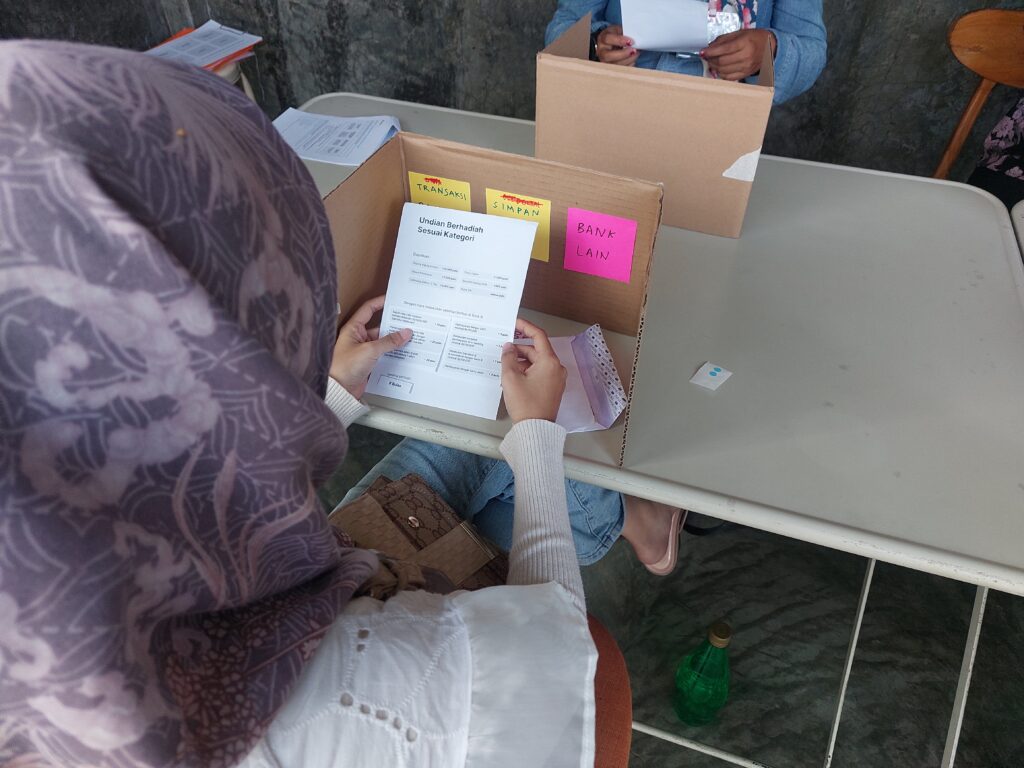

Our Journey and Process
Program Audit and Competitive Landscaping
Before exploring new program mechanisms, we conducted a program audit by interviewing multiple internal teams to understand their visions, current perceptions, and evaluations. We also analyzed internal data of past research and did service safari to the branch office, while looking around for the current competitive landscape to develop potential mechanisms to test during the field research.
Focus Group Discussion (FGD) with Performance Test to Customer
Using a performance test method for both our client’s and competitors’ customers, we gave participants a set up to imagine and role-playing their everyday situation, and observe behaviour changes when we start introducing new mechanisms. The performance test became an anchor to discuss participants’ motivations of changing their money allocations after the program was introduced, and it allowed us to evaluate who are our potential customer segments and which program mechanism is more effective in improving CASA performance.
In-depth Interviews (IDI) with Frontliners and Past Program Winners
To identify gaps and opportunities better, we interviewed multiple layers of frontliners and past program winners in urban and rural areas. As frontliners are the one who interact with both customer and marketing programs on a daily basis, it helps us to discover deeper on customers’ behaviour related to CASA. From winners’ first-hand experience of participating in the program, we could evaluate the actual customer experience journey of the existing programs and identify gaps and missed opportunities.
Working Sessions with Internal Team to Develop Program Recommendations
Based on the insights we collected on the field research, we worked closely with the working team to define the future direction of the program. We took the route of developing a new mechanism that could bring us closer to the goal of increasing CASA.
The Results
A new marketing program mechanism that is targeting particular behaviour of the most potential segment was developed. The recommendations include not only program mechanisms, but also the detailed journeys and potential touchpoints along with marketing communications pillars, to make sure it is actionable enough. It was presented to the key leaders and working team who will actually run the programs, helping them define the future direction and steps to take.
Consultant in-charge

Uka Q.A.P
Project Oversee

Annisa Dyah Lazuardi
Project Lead

Daniel Fandra
Research Ops

Dono Firman
Project Advisor

Rayi Harjani
User Researcher
See more our similar works
Collaborate with us!
Looking for ways to transforming your business?
Get in touch with us!







